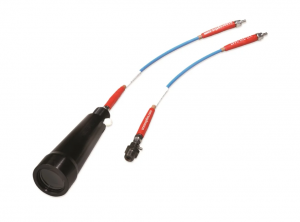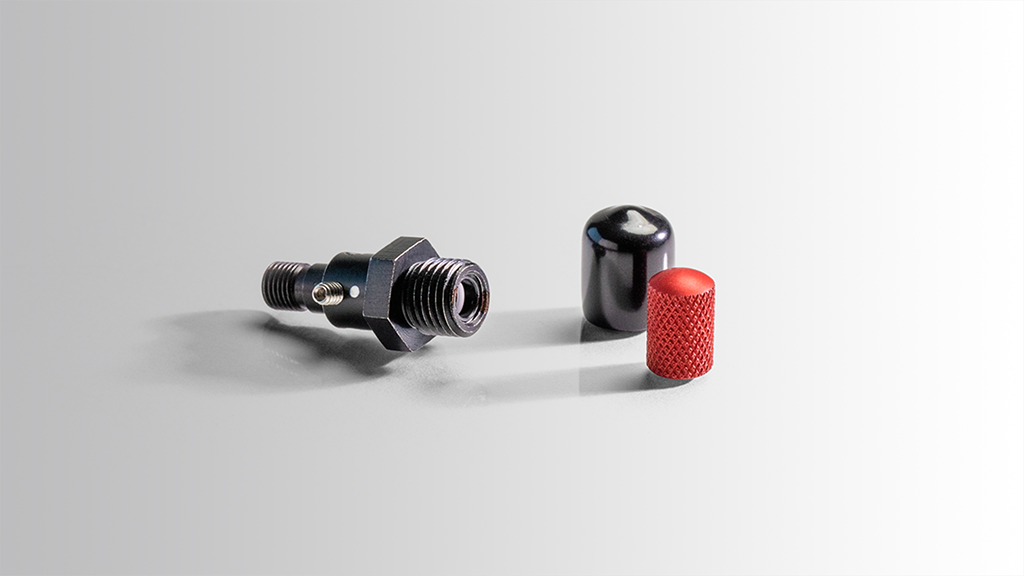Collimating lenses are curved optical lenses that make parallel the light rays that enter your spectrometer setup. These lenses allow users to control the field of view, collection efficiency and spatial resolution of their setups, and to configure illumination and collection angles for sampling.
 Figure 1. With a collimating lens, users can control the field of view (FOV) of the light entering a sample or spectrometer from near 0° to 45°.
Figure 1. With a collimating lens, users can control the field of view (FOV) of the light entering a sample or spectrometer from near 0° to 45°.
In simplest terms, collimation ensures that light rays travel parallel to each other and don’t disperse in unwanted directions (Figure 1).
Both single and achromatic collimating lens options are available, with your choice of wavelength range and focal length.
Collimating Lenses in Spectroscopy Setups
Ocean Insight collimating lenses can be used in free space optics, in which light energy is collected from open beams and surfaces and directed to the spectrometer, or can be attached to optical fibers (Figure 2) or integrated into sampling accessories. Most lenses have an inner barrel threaded for SMA 905 connectors. The inner barrel slides relative to the lens fixture for adjusting the focus; a setscrew secures the barrel.

Figure 2. Collimating lenses screw on to the end of SMA 905-terminated optical fibers. The lens at left (84-UV-25) is best for applications collimating light at long distances in open air.


